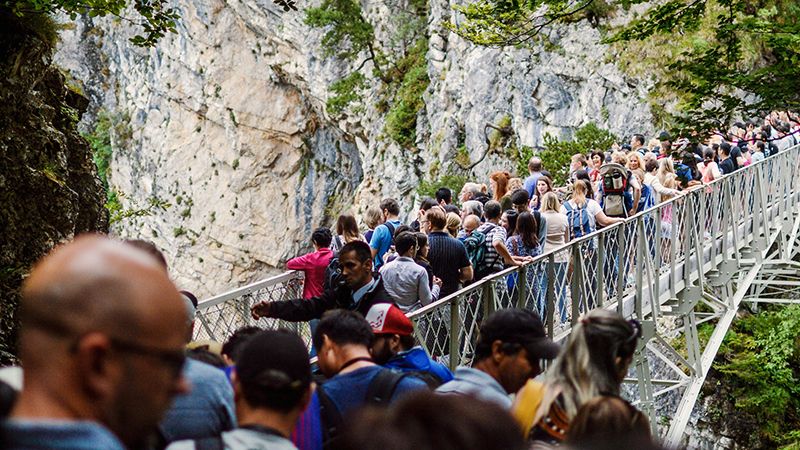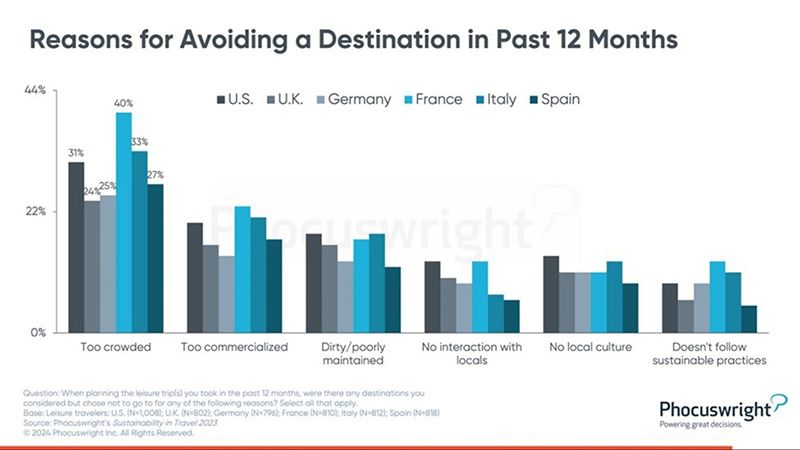
Enter the word “Overtourism” into an online search engine and you’re likely to get as many hits as there are climbers on Everest base camps right now.
Every news cycle is filled with multiple stories about over-visited destinations and the resulting damage, confrontations and general frustrations.
In a world where social media and online reporting can spread the word about a coveted “bucket list” tourist attraction, the growth can be explosive and destructive, particularly now, on the back of post-pandemic travel buildup.
Global travel intelligence Mabrian (in collaboration with Phocuswright (a travel market research firm), has released a white paper targeted to destinations and how they can move away from overtourism.
“Destinations should use a holistic, data-led approach to balance local resources, community welfare, and tourism growth.” the white paper concludes. Bottom line? Tourists don’t want to add to the overtourism problem, in fact they are looking for ways to avoid it.
What exactly are they trying to avoid? Overcrowding, commercialism, poorly maintained attractions, no local culture and not demonstrating sustainability practices, according to this chart from Phocuswright.“Ultimately, it’s about capitalizing on travellers’ preferences”, says the research from Phocuswright. “Between half and two-thirds of travellers want their spending to support the communities they visit.”

How can the travel trade help direct tourists to less-travelled areas and give them a better travel experience as a result?
- Look at where tourists spend money in a region. Chances are, the more the spending is spread out, the less likely it is to be affected by overtourism.
Analyzing the levels of CO2 emissions. Targeting destinations that have a better than average spending-to-emissions ratio.
- Understanding that visiting less crowded destinations is a more sustainable way to travel, which most travellers are interested in but unaware of. According to Phocuswright's research, while 43-61% of travellers avoided destinations in the past year due to sustainability concerns, only 13-21% see visiting less crowded destinations as sustainable.
- Researching and promoting which destinations have policies that support sustainability both for residents and visitors. “Targeted messaging and engagement strategies play a central role in shaping perceptions of tourism sustainability,” says the report.
- Mapping seasonality is key to shepherding travellers to destinations in the off-peak months. This results in spreading the resources more widely on an annual basis, achieving both sustainability and economic goals.
- Reducing the dependency on original attractions and exploring and promoting new or underused attractions will help lower traditionally denser travel areas.
“A successful, consistent sustainable strategy involves formulating good practices but operationalizing them expediently," said Madeline List, senior analyst at Phocuswright
Click here for a story on how overtourism has advisors adjusting their game.






